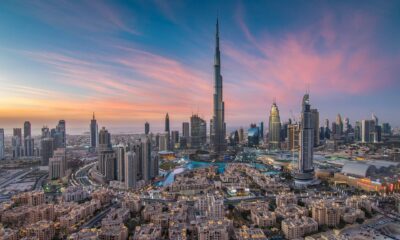In a city celebrated for pushing boundaries, the next frontier in Dubai’s wellness scene isn’t just skin deep; it’s cellular. Ankiti Bose, Founder and CEO of Terra Invest, is spearheading a groundbreaking journey with the launch of Shookra Aesthetics, a regenerative clinic that fuses biotechnology, AI, and beauty science to transform how we age.
Nestled in Dubai’s Business Bay, Shookra Aesthetics aims to redefine beauty as a reflection of vitality rather than mere vanity. The clinic’s innovative approach goes beyond traditional cosmetic treatments by focusing on cellular renewal and longevity. Using cutting-edge DNA sequencing, blood biomarker analysis, and advanced AI skin diagnostics, Shookra crafts personalised health and beauty protocols tailored to each client’s unique biology.
“Shookra is where beauty meets biohacking, a space where we harness AI to transform aesthetics into measurable biology, ” explained Bose.
By analysing over 200 data points in a single facial scan, Shookra’s proprietary system links visible skin health to vital biomarkers like inflammation and hormonal balance.
Clients benefit from bespoke treatment plans combining exosome facials, peptide therapy, and IV infusions that address cellular ageing head-on. This AI-driven model continuously tracks progress, adapting treatments to optimise long-term results.
Terra Invest is also building a “house of brands” around human optimisation, with future launches in digital diagnostics, AI-powered supplements, and performance labs, all interconnected through a shared data ecosystem named Superhuman.
“Just like data transformed finance two decades ago, it is now revolutionising health,” Bose says. “Once you quantify ageing, you can manage it.”
Dubai’s prominence as a global medical tourism hub, combined with its national AI healthcare initiatives, makes it an ideal launchpad for this longevity revolution. Following its successful debut in Business Bay, Shookra plans expansion to Abu Dhabi, Riyadh, Singapore, and London.
In a city defined by reinvention, Bose sees human biology as the next great breakthrough. “It’s about restoring dignity to ageing and prolonging vitality,” she says.
“Imagine living your last two decades as strong as your first five.”

 Sports6 months ago
Sports6 months ago
 Business6 months ago
Business6 months ago
 Crime6 months ago
Crime6 months ago

















